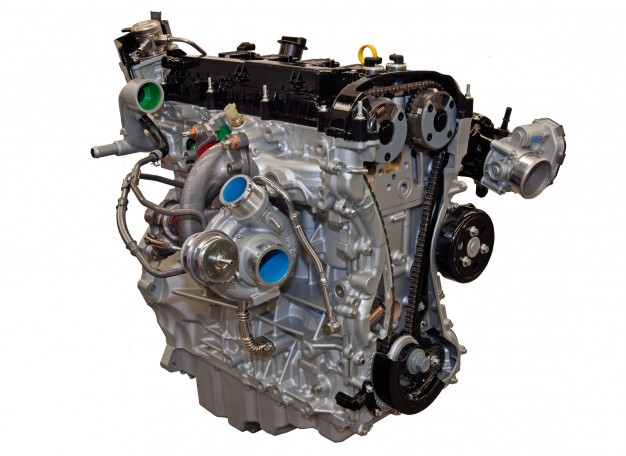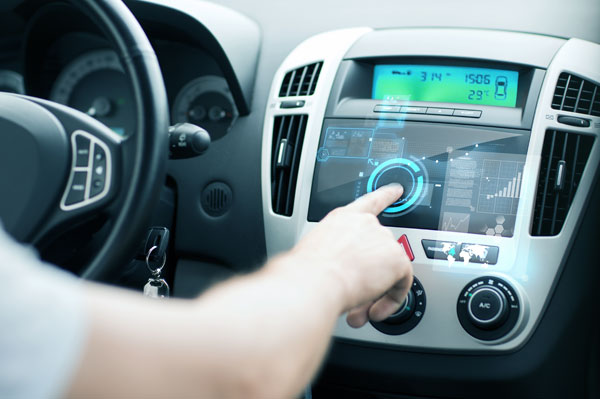With turbocharging now firmly at the forefront of automotive development, the technology behind it is moving forward at a faster rate than ever before.
We’ve already taken a look at the rise in electric turbocharging on the blog, and previewed some exciting future developments, and now, we’re going to be looking at the concept behind it.
In this post, we explore electric turbo compounding, examining what it is, how it works, and why the technology looks set to transform turbocharging as we know it in the near future.
What is it?
Turbochargers are powered by the waste energy found in the exhaust gases of an engine. However, even after the turbocharging process is finished, there is still some energy left in the exhaust gases.
Electric turbo compounding is a way to take advantage of this wasted energy– transforming it into electric power, which can then be used to provide more power to the vehicle.
How does it work?
In electric turbo compounding, waste energy taken from the turbo exhaust gases is used to drive a generator. The energy is then converted to electric energy, which can then be used for a number of different purposes.
The concept behind electric turbo compounding isn’t new – the aerospace industry began using mechanical turbo compounding in the 1940s in an effort to maximise efficiency.
In mechanical turbo compounding, waste energy from the exhaust is recovered and converted into kinetic energy via the addition of a second turbine. This energy is then transferred to the crankshaft through a train of gears.
What are the benefits?
By recovering energy from the turbocharger that would usually be wasted, electric turbo compounding can provide a number of key benefits:
Efficiency
The recovered energy can be used to make a turbocharger more efficient and economical, whilst reducing the environmental impact of a vehicle.
Power
Alternatively, the extra energy can be used to help provide additional power to the engine, making the vehicle faster or more responsive.
Future applications
Electric turbo compounding has a number of possible applications:
Passenger and commercial vehicles
The current generation of Formula 1 cars already use electric turbo compounding to help power the advanced ERS (energy recovery system). In these systems, excess energy is recovered from both the brakes and turbocharger, and stored in batteries. This stored energy is then used to provide additional power to the engine.
Over the coming years, similar energy recovery systems look set to enter the passenger car and commercial vehicle market. This could help to significantly improve fuel-efficiency and reduce emissions.
Turbo lag
Some big manufacturers, including Audi, Mercedes and BMW, are also looking towards electric turbo compounding as a way to completely eliminate turbo lag.
In these applications, the recovered energy can be used to help pre-emptively spin the compressor inside the turbo, so it doesn’t have to ‘spool up’. This will improve the responsiveness of turbocharged vehicles.
Take a look at our previous post on how electric turbocharging can be used to reduce lag.
Hybrid technology
In hybrid vehicles, turbo compounding could provide a great way of charging batteries or directly powering electric motors, helping to keep wasted energy to an absolute minimum.
Ultimately, the significant investment in electric turbo compounding is further evidence that the big automakers see turbocharging as the key technology to help maximise efficiency and reduce emissions over the coming years.
How AET can help
At AET, we’ve been at the forefront of turbo technology for over 40 years. Our friendly teams are experts on everything turbo related, and if you’ve got a query, we’re always happy to help. For assistance on any aspect of turbocharging, call us today on 01924 894171, or email [email protected].



